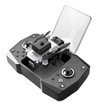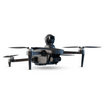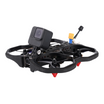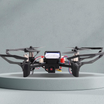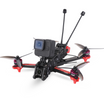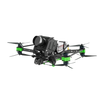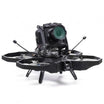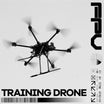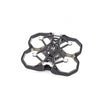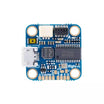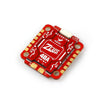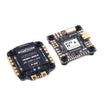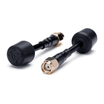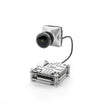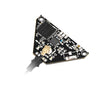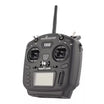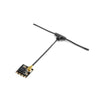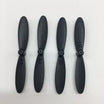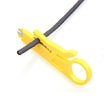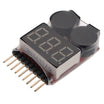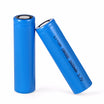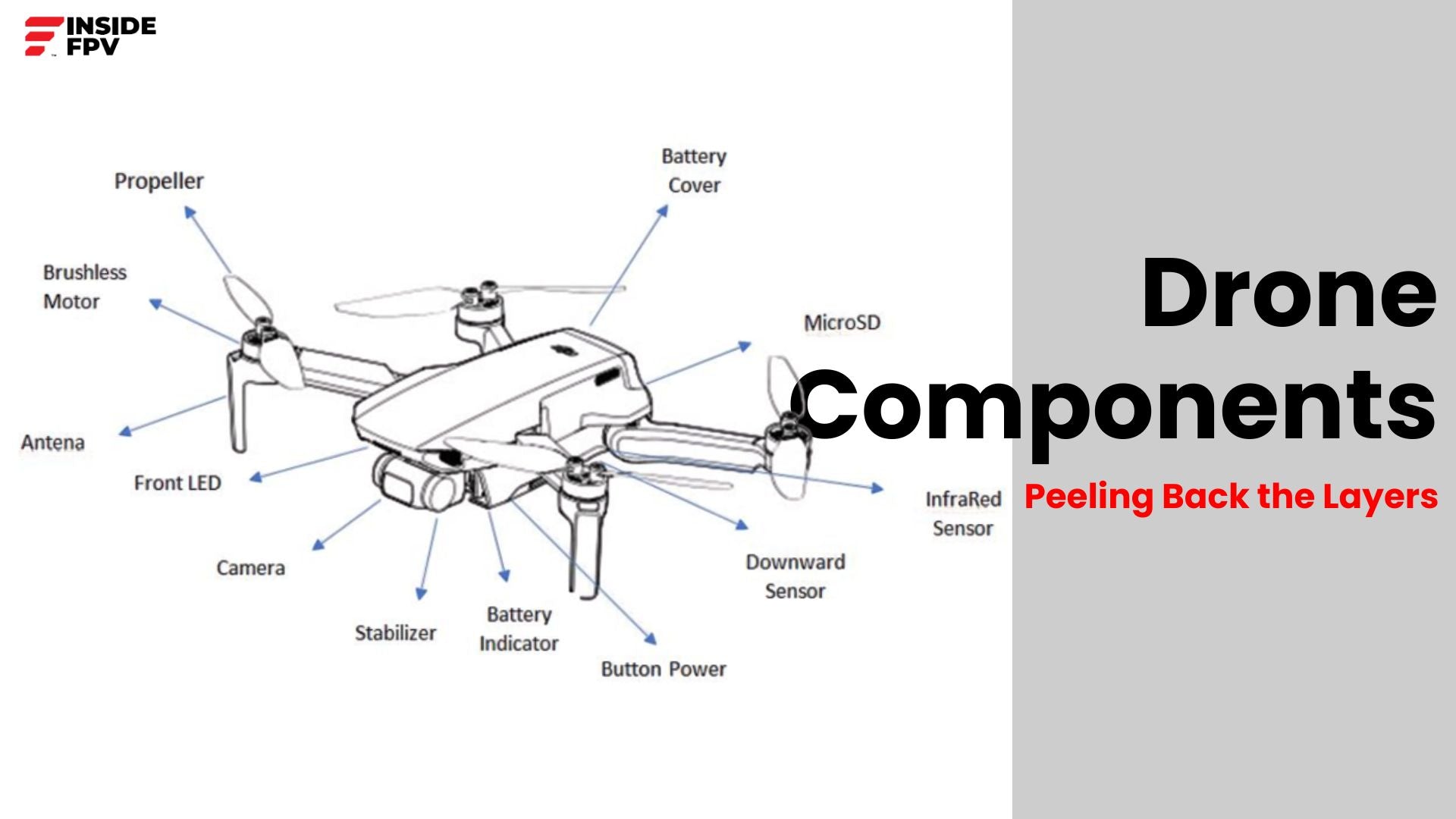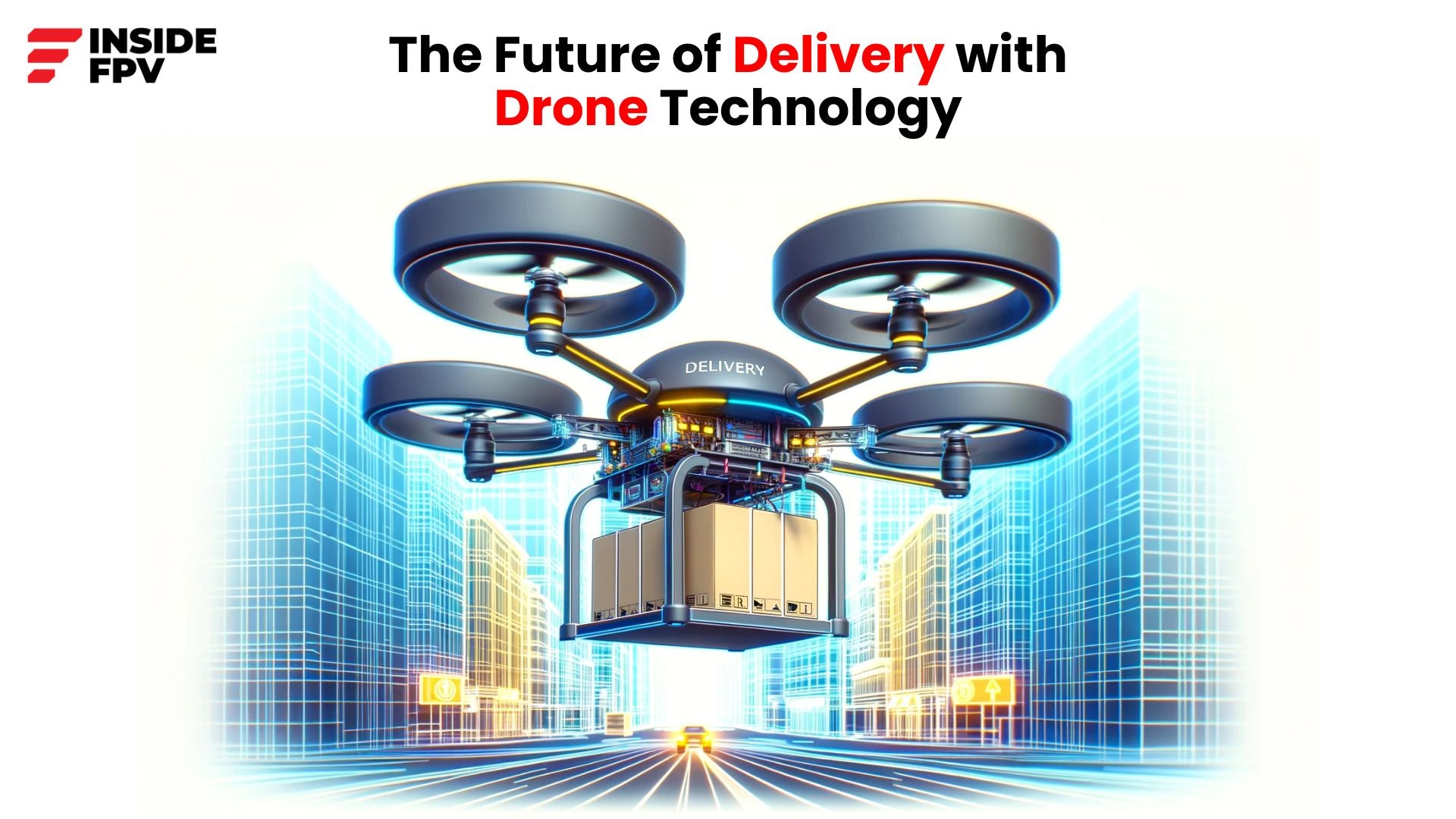Whether you’re a drone enthusiast or considering buying your first quadcopter, learning the basic anatomy of these impressive little machines goes a long way. Drone components may seem complex at first glance, but by understanding the core systems that go into building these drones, one gains better insight into critical factors like flight performance, safety, and overall capability.
In this blog, we’ll peel back the layers of drone technology and explore the essential hardware and software elements that give drones their unique superpowers of vertical flight and midair manoeuvrability. Let’s get better acquainted with the brains, nerves and muscles behind the drones!
The Frame: Skeleton of Drone
The frame serves as the structural foundation onto which all other drone components mount. Sometimes called the chassis, the frame ties everything together into one cohesive package. Most hobbyist drones use four-armed frames built from materials like plastic, aluminium, carbon fibre or magnesium. Arms extend diagonally from a central point, giving quads their distinctive “X” shape when viewed from above or below.
One can find several specifications when shopping for drones:
1. Size - Measured diagonally motor-to-motor. Common sizes range from ~110mm micro drones to ~500mm racers/freestyle quads.
2. Material - Plastic frames are lightweight but fragile and deformable. Metal materials offer more durability and stiffness, at the cost of greater mass. Composite options like carbon fibre give excellent strength-to-weight ratios.
3. Geometry - Some frames use simple straight tubes, while more complex shapes and truss structures enhance stiffness. The motor/arm layout varies too – deadcat and X frames are quite common.
4. Replaceable Arms - High end frames make it easy to swap damaged arms quickly after crashes
Advanced pilots may customise and design their own frames, though most casual users opt for off-the-shelf frames which readily accept standard components.
Flight Controller: The Electronic Brain
If the frame is the skeleton, the flight controller represents the brain of the drone body. This compact circuit board houses the sensors and processors that stabilise your drone flight- without it, drones cannot fly at all!
The aptly named flight controller constantly adjusts power to all motors using sensor and feedback. MEMS gyroscopes, accelerometers and other sensors feed orientation data to the processor up 2000 times per second. Advanced sensor fusion translates this data into precise positioning corrections that compensate for inevitable mid-air disturbances like wind gusts.
Most flight stacks run Cleanflight, Betaflight or iNav - open source firmware that processes sensor data and controls ESCs/motors accordingly via PID control loops. The values (gains) within these loops are highly tunable to dial in optimum stability and response across different frames. A well tuned quad should handle neutral and aggressive stick inputs with precision and grace!
Motors & Electronic Speed Controllers
Flight controllers influence movement by directly communicating with electronic speed controllers (ESCs) - the intermediaries that manipulate motor spin. This allows sophisticated auto-stabilisation of the entire platform during lift, hover and transit.
Brushless electric motors offer drones incredible power-to-weight - even models under 250 grams produce substantial thrust partially due to high Kv ratings (rpm per volt supplied). Leading motor brands like T-Motor, SunnySky and Cobra excel at efficiency across variable-pitch propeller loads. Materials range from aluminium to more exotic options like carbon fibre. Stators are like the outer shell, with thick coils of copper wire wrapped up tightly. When electricity runs through these wires, they create a powerful magnetic field, while rotors are the spinning part and have strong magnets attached. These magnets interact with the magnetic field from the stator, pushing and pulling to spin the rotor really fast, sometimes up to 100,000 rounds per minute (rpm)!
ESCs amplify the flight controller’s movement commands, pulsing voltage into the motors at differing widths to finely control rpm. Analog servo motors use variable Pulse width modulation (PWM) signals, while brushless motors require specifically designed ESCs to alternate voltage directions and switch polarity. This creates the shifting electromagnetic forces that spin rotors to staggering speeds within fractions of seconds.
Props and Landing Gear: The Wings & Legs
What goes up, must come down...hopefully slowly and upright! Besides generating upward lift, well designed props and landing gear make drones far less crash prone.
While complex at molecular levels, conceptually props are simple - angled blades that displace air downward to create reactionary force upward per Newton’s third law. Various prop geometries and pitches better tune drones for race pace sprints vs. long range endurance. Leading brands include DALProp, HQ Prop and Ethix. Materials usually consist of durable composites in the need for an elusive balance between strength, weight and aerodynamics.
Assisting safe touchdowns and awkward landings, the undercarriage absorbs ground impact when manoeuvring near surfaces. Materials like flexible thermoplastic urethanes provide a cushioning crush zone, while plywood or carbon fibre plate bases offer upper protection. Strong yet lightweight aluminium, fibreglass and carbon fibre legs mount everything securely to the central frame.
Battery and Power Distribution
Delivering power to all four motors plus onboard electronics requires serious amps and volts! Lithium polymer batteries are the source here - extremely impressive power-to-weight ratios. Common drone variants supply between 3S and 6S setups:
- 3S (3 cell) = 11.1 volts
- 4S (4 cell) = 14.8 volts
- 5S (5 cell) = 18.5 volts
- 6S (6 cell) = 22.2 volts
Voltage directly influences maximum motor rpm & thrust capabilities, while higher amp hour (Ah) ratings extend flying time per charge. Leading LiPo battery brands include GNB, TATTU and Dinogy.
Power distribution boards (PDBs) route energy flows from the main battery through separate ESCs to each motor. Soldered wiring harnesses link ESCs to motors as well. PDBs also tap battery power for LED lighting, FPV cameras, gimbals and other onboard peripherals as needed.
Radio Transmitter & Receiver
What good is an advanced flying robot without adequate controls? Radio communication gives pilots masterful command mid-flight. Transmitters send user inputs via 2.4 GHz or 900 MHz signals, while tiny receivers receive the signals, the drone passes those along to the flight controller.
Most quads operate on variations of familiar control schemes:
- Throttle - Altitude up/down
- Yaw – Left/right rotation
- Pitch – Forwards/Backwards tilt
- Roll – Sideways tilt left/right
Many transmitters include toggle switches, dials and multibutton inputs across the front face and back sides. Contemporary transmitters integrate Android touchscreens too for monitoring drone telemetry and configuring settings. Whether simple or deluxe, all aim for ergonomic intuitiveness to keep quadcopters gracefully in air!
First Person View (FPV) System
For next level flying thrills, first-person-view (FPV) video setups stream real time footage from drone-mounted cameras directly to the pilot’s eyes or mobile screen. This creates an exhilarating sensation just like actually sitting in the cockpit!
FPV camera sensors mounted on vibration-damping plates capture unique aerial perspectives. Circularly polarised or patch antennas then beam video downstream to the pilot’s receiver unit. Sensible latency measures around 20-40ms. Pilots don goggles containing one small display per eye, providing a wide field of view as they steer quads by line of sight. Some camera drones also record digital video straight to onboard microSD cards.
We’ve covered quite some ground exploring all the integral bits comprising today’s consumer drones. While advanced manufacturing processes allow remarkable performance from microscale components, creative open source software communities are equally responsible for the impressive flight capabilities drone pilots enjoy today. Developers continue building upon long proven aerodynamic, estimation and control theories to push drones potentials ever further.
Yet even with sophisticated auto-stabilisation and navigation intelligence behind the scenes, safety should always come first when operating any aerial vehicle. Before attempting tricks or long range flights, one should take time mastering basic flight skills in open areas away from people, buildings and other risks. Precision drone control requires diligent practice, but offers excitement, challenge and reward for those willing to properly progress from the first liftoff onwards!
FAQs
- What is the role of the frame in a drone?
The frame serves as the structural foundation of a drone, holding all components together. It provides the base for mounting essential parts and influences the drone's overall stability and durability. The frame's design and material impact factors like weight, strength, and aerodynamics.
- What is the purpose of the First Person View (FPV) System in drones?
The FPV system streams real-time video from the drone-mounted camera to the pilot's eyes or a mobile screen. This immersive experience allows pilots to navigate their drones as if they were sitting in the cockpit, providing an exhilarating flying sensation.
- Which component of the drone is the most important?
Identifying the single most important component of a drone is challenging because each element plays a crucial role in ensuring the drone's overall functionality and performance. However, the flight controller stands out as a pivotal component that can be considered the "brain" of the drone. The flight controller processes data from various sensors, stabilises the drone during flight, and translates user inputs into precise motor commands. Without the flight controller, a drone would be unable to maintain stability, respond to pilot commands, or even achieve liftoff. While every part contributes to the drone's success, the flight controller is often regarded as the central hub orchestrating the harmonious collaboration of all components.

